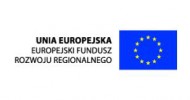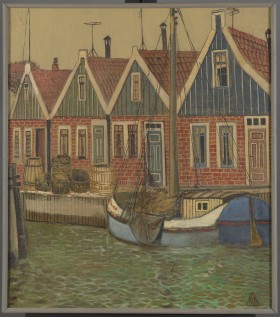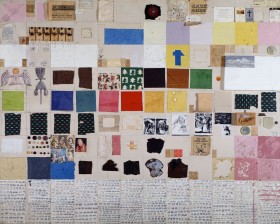Harvest
- type of object: painting
- date: 1958
- material/technique: oil on canvas
- dimensions: 94,5 x 104,5
- inventory No.: M-176
- image licensed under: CC BY-SA
The period of Jerzy Krawczyk’s mature work fell in the second half of the 1950s. During this time, which preceded the development of the original formula of the so-called spatial realism of the 1960s for which the artist was best known, Krawczyk painted mainly landscapes, including depictions of industrial Łódź, as well as seascapes, mountain scapes and rural landscapes. The artist travelled to the Baltic Sea shore, including to Międzyzdroje, Świnoujście, Puck and Sopot, as well as to the mountains — to Murzasichle. During his trips, he did not paint outdoors, but the travels provided him with inspiration for later works. They are characterised by a simplified form and colour scheme, a conventional approach to perspective, linearity and a rhythmisation of repeating motifs. The paintings from the Pier series and landscapes of Łódź in particular are dominated by a sense of emptiness and alienation; they seem to be an attempt to rearrange infinity. The painting Harvest brings to mind socialist realism only through its title. ‘Innocent’ and somewhat naïve in its form, it is composed of several fields of view, rhythmised by stripes of cultivated fields and haystacks. Somewhat similar to Harvest, also featuring a cultivated field as part of the picture, is Krawczyk’s work Haystacks in Nagórzyce (1956) from the collection of Muzeum Sztuki in Łódź. The landscape here is also a pretext for depicture nature in a conventional, simplified manner.
MIchał Jachuła
translated by Paulina Bożek






